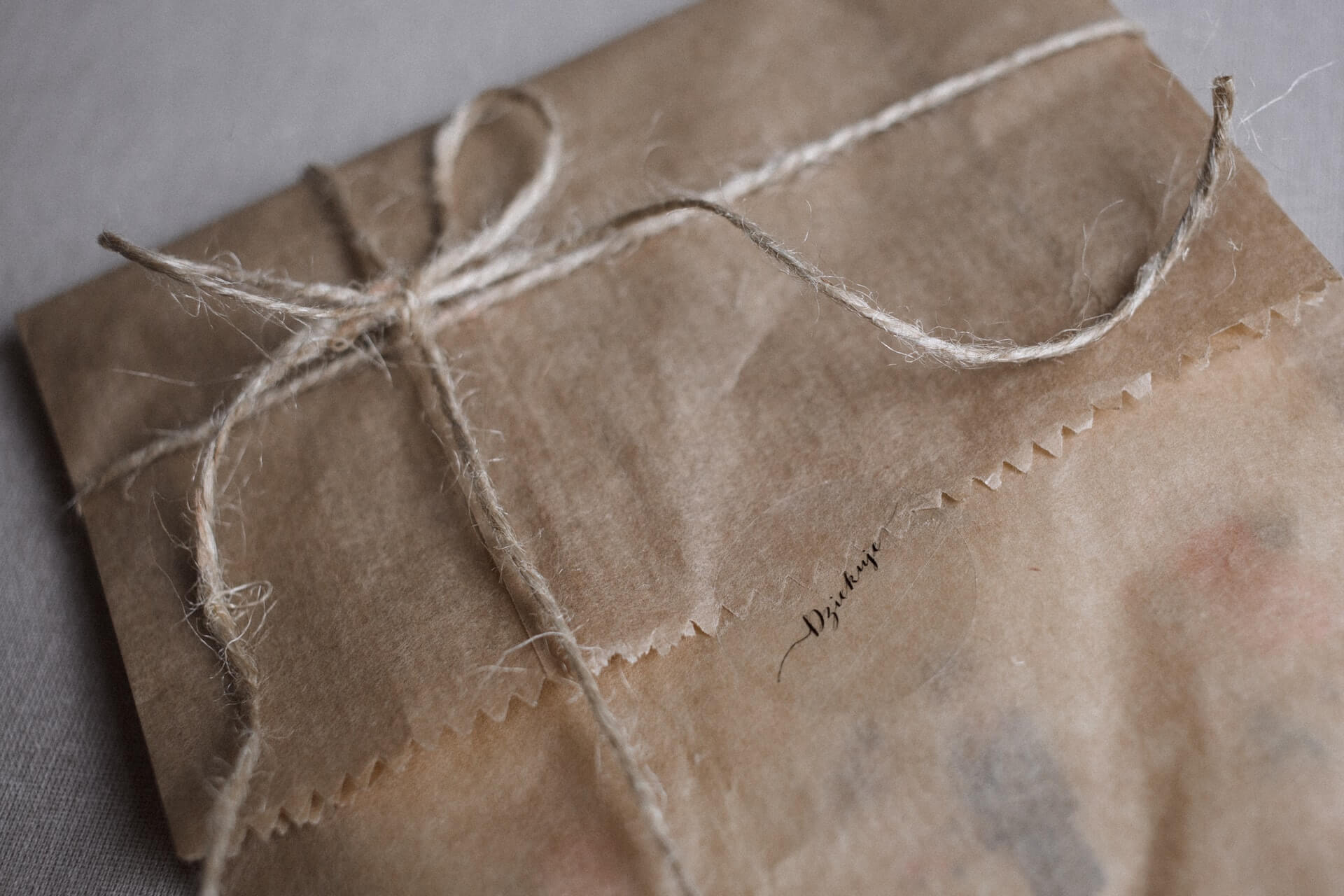The 7 Sustainable Packaging Ideas for 2022
The 7 Sustainable Packaging Ideas for 2022 | With the realm of e-commerce and its spread over different sectors, it is no surprise that it will also bring a lot of waste. For decades, people have been using plastic packaging carelessly, which has only escalated after the advent of e-commerce. Mountains of plastic waste are piling up every day, which takes years to degrade and releases greenhouse gases.
Ways to Reduce Packaging Waste
There are three ways to reduce packaging waste. By judging the sustainability of different materials and methods, there are three broad ways in which we can incorporate sustainable packaging.
1. Recyclable packaging
One of the most common ways is to use materials or packages that can be recycled, even if they are not eco-friendly. There are specific paper-based packaging, cardboard, and other materials that can be further processed and reformed for extended use.
2. Reusable packaging
Reusable packaging is one of the economic and best ways to reduce wastage at a significant level. However, it is not feasible for all businesses. Some of the leading examples of reusable packaging include glasses, pallets, shipping containers, and more.
The feasibility of reusable packaging depends if the consumer wants to return the packaging to the vendor. When it cannot be reused, it is either discarded or recycled.
3. Compostable packaging
Industrially biodegradable items must be sent to a center for appropriate decomposition, which might be part of a city’s trash network. The simpler it will be to establish a strong recycling culture as more communities join similar initiatives.
Biodegradable material will decay quicker than other products if it gets up in the bin rather than the compost heap. So don’t be concerned. Plant-based shipping peanuts, biodegradable mailers, natural polymers, and mushroom packaging are all fully biodegradable.
The 7 Ideas for Sustainable Packaging
1. Furoshiki
Furoshiki, or Japanese gifting, masterfully shows the principle of recyclability by selecting textile fabric over typical wrapping paper. Although you may purchase more exquisite patterns, you can make your Furoshiki fabric out of scraps from previous tasks or a garment you no longer fit into while in confinement for months!
The fabric may be handed on and re-wrapped endlessly, reducing waste and acting as an environmentally responsible remembrance. Furoshiki relieves you of the responsibility of measuring and cutting your packing materials to ensure that it properly wraps up your present.
2. Ship in smaller packages
Minimizing your carbon impact can be as easy as lowering the amount of packaging you consume. This means utilizing smaller boxes, bags, and tubs for your items. This helps you be more environmentally friendly, but it may also help you save money on transportation.
Purchase fewer packaging materials and use fewer particles to reduce the size of your packages.
3. Plant-based packaging
Plant-based alternatives are quickly gaining traction in the field of product containers. These products are transformed from natural sources, ranging from simple mushrooms and seaweed to maize and food waste.
The best plant-based wrapping alternatives will be determined by what you’ll be packing or shipping. For example, if you’re selling stuff, you’ll want to ensure the substance can preserve without altering its flavor (bioplastics are an excellent solution). Choose robust plant-based components such as cornstarch and mushroom packing if you’re sending heavier things.
4. Plantable packaging
Plantable shipping is just that: it refers to containers or components that may be planted. Your consumers may plant the seeds incorporated in growable packaging once used.
Plantable packaging is ideal for housing tiny, light things like toiletries and jewelry. They may be used as item covers or spacers.

5. Corrugated bubble wraps
We’ve all seen bubble wrap, which protects fragile objects during shipment and is a kid’s favorite. Nevertheless, because it is made of plastic, this is not an environmentally friendly material. The incredible thing is that other options are in the works.
One of them is a corrugated cardboard wrap that has been repurposed. Post-consumer boards are used as padding agents instead of being discarded or recycled. Small incisions are created to create a collapsible effect that, like bubble wrap, protects against vibrations. The only drawback is that you wouldn’t have the pleasure of popping bubbles afterward!
6. Avoid over-packing throughout the supply chain.
In the retailing industry, components are plentiful. Before reaching you, products are bagged, baled, or bundled, with extra packaging frequently used. As a result, you must optimize how goods flow across the supply chain to reduce these resources — and the damage they generate.
To avoid overproducing or ordering too many things, correctly anticipate needs. Combine shipments to save money on packing. Insist that your logistics companies utilize environmentally friendly products throughout the procedure.
7. Edible packaging
Consider edible containers to be a relative of organic packaging. Although they originate from the same species (biological origins), consumable material goes a step beyond being safe to consume.
Biodegradable wrapping is an excellent choice for food and beverage companies since it may complement your existing tasty goods.

With so many environmentally friendly options available at reasonable rates, more companies see the benefits of switching. Eco-friendly is becoming more popular, and wise company owners around the country are adapting now to stay ahead of the curve future.



Hi Greetings from the Titan company
We are looking some sustainable packing materials for our products so if u have any materials related to the packaging please let us know will can discuss